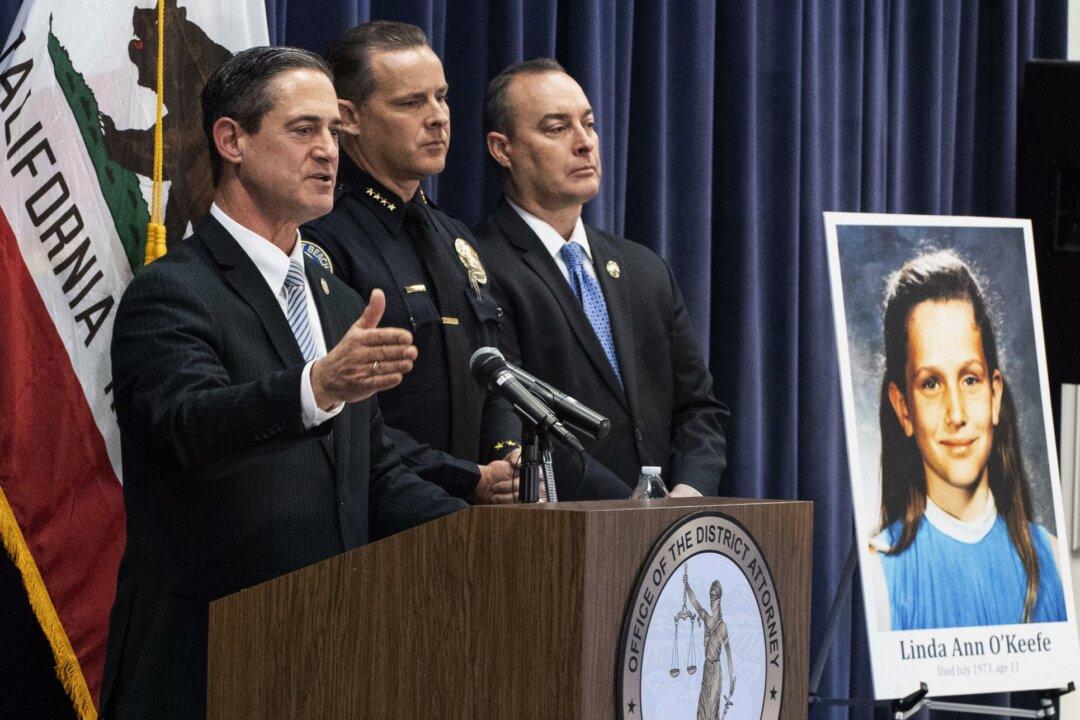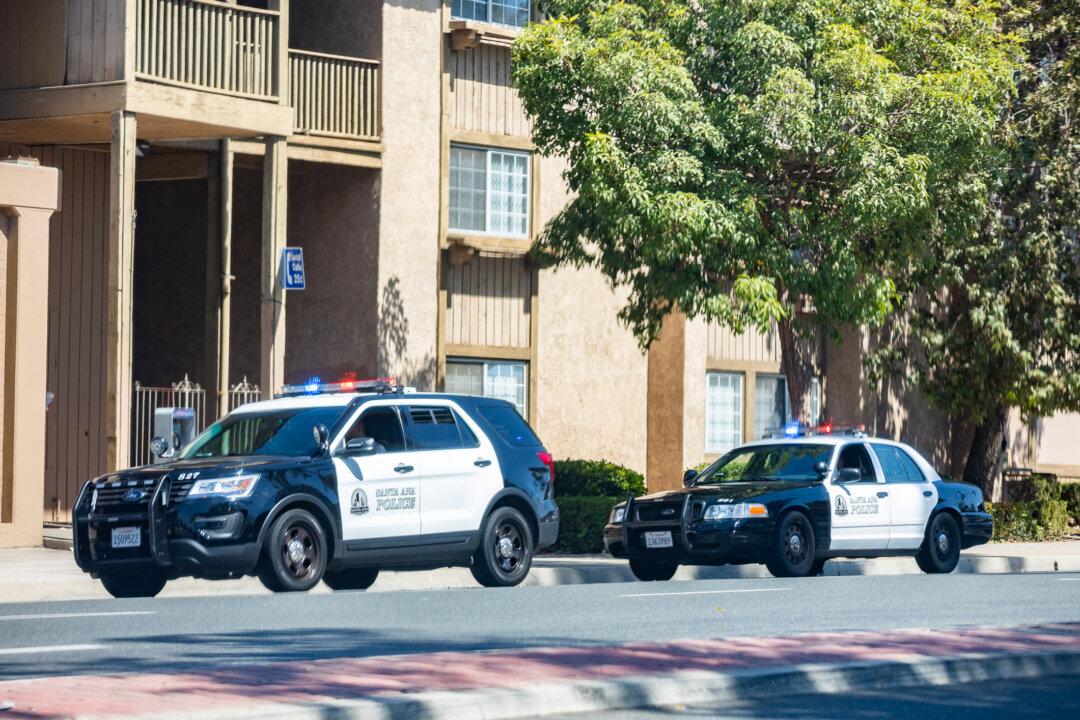In a ruling based on an Orange County conviction, the California Supreme Court ruled Dec. 28 that human traffickers who attempt to prostitute minors will receive the maximum prison sentence allowed under state law, even if they are actually communicating with undercover law enforcement personnel.
The decision reverses an earlier ruling by the state’s Fourth District Court of Appeal in the case of The People v. Antonio Chavez Moses III. The defendant was given a shorter sentence because the “minor” he was trying to prostitute online was actually an undercover Santa Ana police officer.





